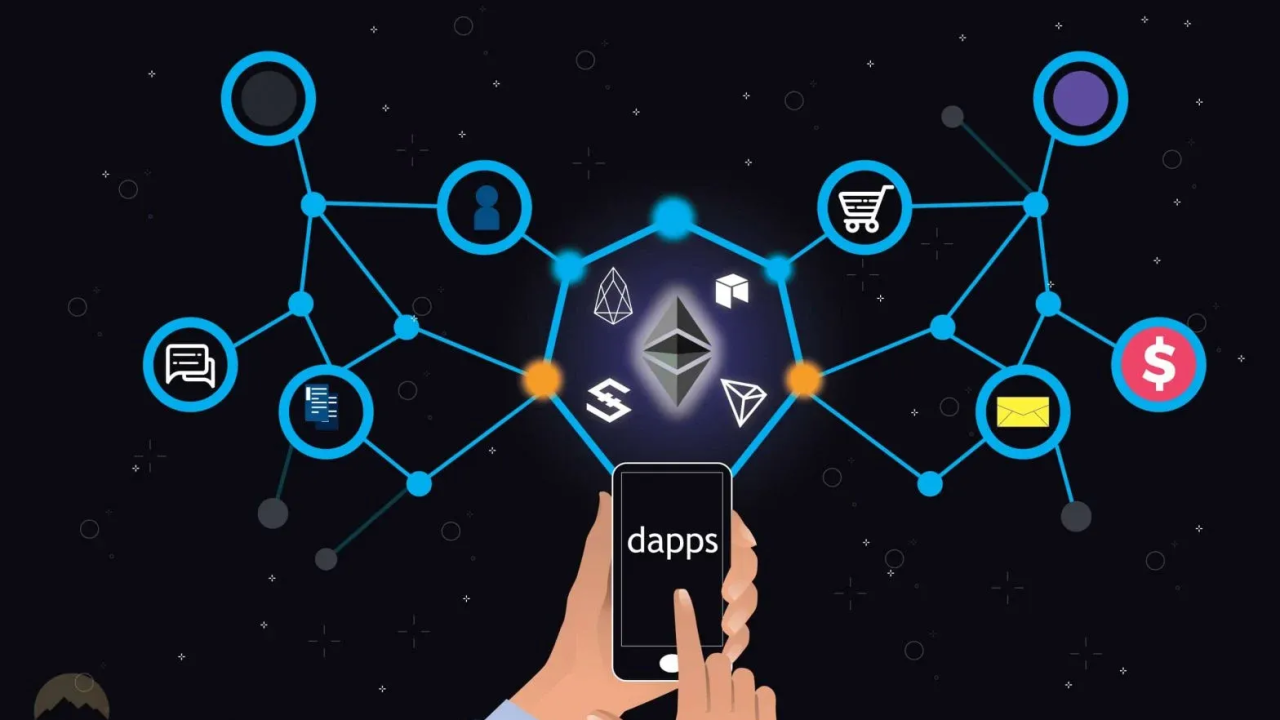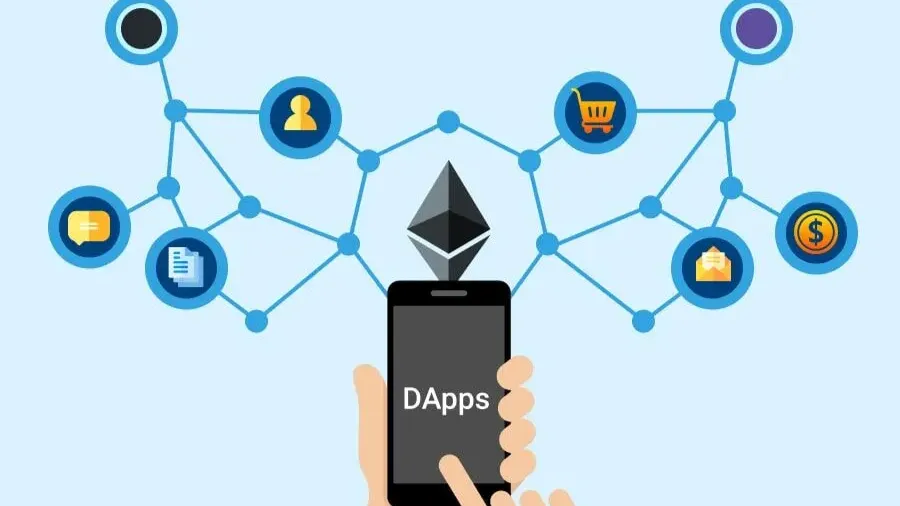The world of decentralized applications, or dApps, represents a paradigm shift in how software is built and operated. Unlike traditional applications, which rely on centralized servers, dApps operate on distributed blockchain networks, offering transparency, security, and user empowerment. At the heart of the dApp ecosystem are several fundamental components: the blockchain network, smart contracts, frontend interfaces, and digital wallets like MetaMask. This article explores the essentials of the dApp ecosystem, detailing how these elements work together, the benefits they provide, and the innovations driving their evolution.
What is a dApp?
A decentralized application (dApp) is a software application that runs on a decentralized network, typically a blockchain. Unlike traditional applications hosted on centralized servers controlled by a single entity, dApps operate on distributed networks, ensuring security, transparency, and resilience.
Key Features of dApps:
- Decentralized Network: dApps run on blockchain or distributed networks of computers. This removes the need for a central server, distributing data and operations across numerous nodes.
- Smart Contracts: At the core of most dApps are smart contracts—self-executing pieces of code that automate processes and enforce rules without intermediaries.
- Transparency: dApps operate on public blockchains, making their operations and data verifiable and visible to anyone. This fosters trust and accountability.
- Security: By leveraging blockchain’s cryptographic protocols and consensus mechanisms, dApps ensure that data is tamper-proof and protected against breaches.
- User Control: Users retain full control over their data and assets, interacting directly with the blockchain through wallets, without relying on intermediaries.
Importance of dApps
The adoption of dApps offers a range of transformative benefits across industries:
1. Data Integrity:
Blockchain technology ensures that data is immutable and secure. Once recorded, data cannot be altered without network consensus, protecting it from tampering.
2. Decentralized Control:
By eliminating central points of failure, dApps reduce the risk of hacking and data breaches, creating robust systems for critical applications.
3. Immutable Records:
Blockchain records are permanent and transparent, providing a trusted source of truth for transactions and operations.
4. User Empowerment:
dApps give users control over their assets and interactions. Digital wallets enable direct engagement without third-party oversight.
5. Trustless Transactions:
Smart contracts enable automated transactions based on pre-defined rules, removing the need for trust between parties.
6. Permissionless Access:
dApps are open to anyone with internet access and a compatible wallet, breaking down barriers related to geography or financial status.
Key Components of a dApp Ecosystem
The dApp ecosystem is built on a combination of interdependent components, each playing a vital role in its functionality:
1. Blockchain Network
The backbone of any dApp, the blockchain network, records data and validates transactions. It provides the decentralized infrastructure necessary for secure operations.
- Examples: Ethereum, Binance Smart Chain, Solana.
2. Smart Contracts
These self-executing contracts automate processes and enforce pre-set rules without intermediaries. Smart contracts are fundamental to trustless transactions in dApps.
- Examples: Decentralized trading algorithms, lending protocols.
3. Frontend Interface
This is the user-facing layer of the dApp, enabling interaction with the underlying blockchain. It includes web or mobile applications where users can input data, initiate transactions, and view outputs.
- Examples: Dashboards, transaction forms, data visualization tools.
4. Backend Services
Some dApps may utilize off-chain services for tasks like data storage, analytics, or complex computations that are not suitable for blockchain execution. While not always essential, these services complement on-chain functions.
- Examples: Centralized databases for user profiles, API integrations.
5. Wallet Integration
Digital wallets connect users to the blockchain, allowing them to manage assets, sign transactions, and engage with dApps. Wallets are essential for secure and seamless user experiences.
- Examples: MetaMask, Trust Wallet, Coinbase Wallet.
The Future of dApps
As the dApp ecosystem evolves, ongoing innovations are driving new possibilities. Enhanced scalability solutions like layer-2 protocols, cross-chain interoperability, and improved user interfaces are paving the way for mainstream adoption. Industries ranging from finance and gaming to supply chain management and healthcare are beginning to unlock the transformative potential of dApps.
By bridging decentralization, automation, and user empowerment, dApps are reshaping the way digital interactions occur, promising a more transparent, secure, and inclusive future for all.
~Rushen Wickramaratne


